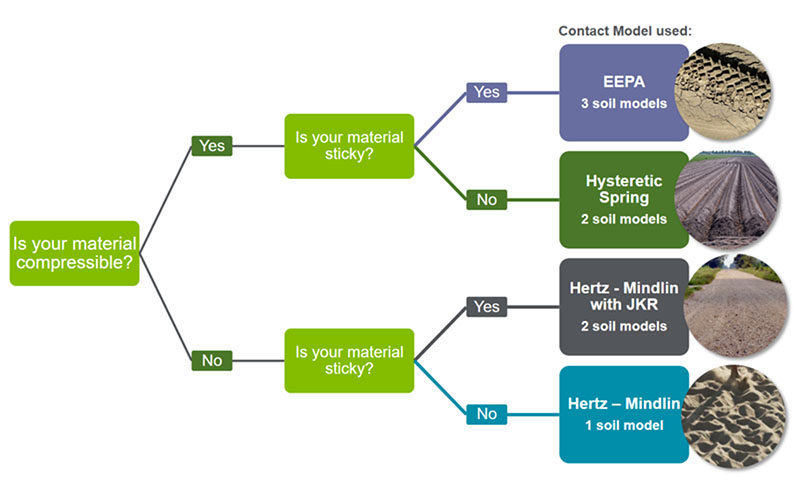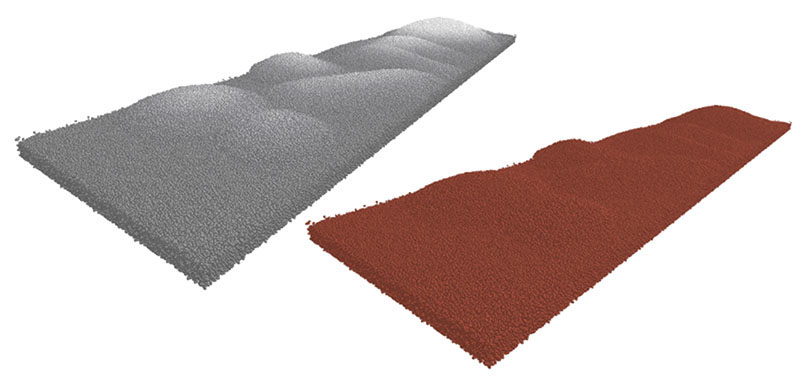Digital Debunking: Could a Rover Beat a Sports Car in Martian Drag Racing?
Drag racing – a thrilling test of raw power, skill, and expert engineering. With roots stretching back to dry lakebed racing in Southern California during the 1930s, drag racing has been around longer than you may think and has evolved into a much-loved international sport. Drivers, mechanics, and engineers push their cars to the limit, seemingly defying the laws of physics as they rocket off at blistering speeds, often completing a quarter mile stretch in just 4.5 seconds. In fact, the world record for this distance is an astonishing 3.659 seconds – and the vehicle crossed the finish line at 338.17 mph! To put that into perspective, an average car can complete the same distance in 15 to 20 seconds.
Of course these dragsters are custom machines built for one purpose – to accelerate as quickly as possible. Take one of dragsters’ signature features, for example, their oversized rear tires; these give the vehicles a large surface area, which creates as much traction as possible. Additionally, instead of using petroleum gas, they often use a highly volatile fuel mixture of 90% nitromethane and 10% methanol alcohol, which maximizes power. And interestingly, their engines must be broken down and rebuilt between every race because the engines experience so much operating stress. Let’s just say there’s a reason these vehicles are so fast – and why you wouldn’t call them practical for everyday use.
And let’s say we’ve had space on the brain after NASA released the first full-color images from the James Webb Space Telescope (JWST) in July, revealing clusters of galaxies that were formed between 8 and 11 billion years ago. Space-study of Mars continues to teach us about its terrain and landscape, and the possibility of the planet’s inhabitability. The wonders of space continue to amaze, as well as the technology that allows us to research it.
But while the JWST is peering at galaxies, we’ve been thinking about extraterrestrial planets – namely Mars and the small legion of rovers exploring its surface. Like a dragster, a Mars rover is equally specialized, but for different tasks (we aren’t aware of any drag-racing specialized Mars rovers… yet). The rover’s “brain” sits inside a module called the “Rover Electronics Module” (REM) that helps it navigate, balance, monitor, and communicate. Cameras map out its surroundings to avoid unexpected obstacles and help the rover build a better picture of Mars. Cleated aluminum wheels carry it across the planet’s loose, uneven terrain. And Mars rovers are designed to be lightweight and agile so they can maneuver in the sparse Martian gravity, which is 62% weaker than Earth’s.
Mars Rover vs. Sports Car
Each of these vehicles is built for niche tasks, which is why you don’t see dragsters zooming around Mars or rovers at the racing strip. But what would happen if you took these vehicles out of their element? Now, we felt it’d be a little unfair to pit our Mars rover against an actual dragster – especially since the dragster might accelerate so fast it’d shoot into the Martian sky – but we can simulate a high-end sports car and felt it’d make for a competitive race. So that said – what if you pitted the raw power of a sports car against the rover on the rover’s extra-terrestrial turf? Could the rover beat a sports car in a drag race on Mars?
Quick disclaimer: There are a few elements of this experiment that would render it impossible, so we have taken a few liberties. For example, a traditional combustion engine wouldn’t work on Mars because there’s no oxygen in the atmosphere. Additionally, a sports car’s tires would deflate immediately. But enough about the boring practical limitations – onto the Martian drag race!
Modeling the Vehicles
To pit these opponents against each other, the first step was to create the vehicle models. Understanding vehicle dynamics is paramount (on Earth and beyond) so engineers can gain insight into realistic motion-induced loads, allowing designers to understand component durability, vibration, and fatigue in real-world conditions. These loads can be used in optimization studies to modify designs for improved performance. Using Altair MotionSolve, we built a realistic Mars rover and sports car model that allowed us to analyze such parameters. We were pleased with the results!
An unlikely rivalry between two vastly different vehicles
Accurately Representing the Martian Soil
To ensure an accurate race, our team had to accurately represent the Martian soil, since both vehicles would be interacting with it. Altair EDEM is the market-leading Discrete Element Method (DEM) software for bulk material simulation used in a range of industries, including pharmaceutical, heavy equipment, and mining.
From our research, we established that the soil on Mars has a very low water content compared to Earth (how surprising!) and is described more as a “regolith,” or a loose material near the surface. The lack of humidity on Mars makes us believe that this soil would be dry, compressible, and non-sticky. A Hysteric Spring contact model was chosen from EDEM’s Soil Starter Pack to define our racing strip.
EDEM's Soil Starter Pack decision process
Once the soil characteristics were established, we generated a 20x5 meter bed with particles of about five centimeters.
Soil generated using EDEM's Soil Starter Pack
The Best of Both Worlds
Multi-body dynamics simulation can be coupled with DEM to get an even more precise picture of the granular material’s loading and dynamic behavior. Previously, MotionSolve and EDEM have been coupled to accurately predict the performance of an off-road buggy on different terrains, study the performance of a grab bucket handling different materials, and assess the behavior of an excavator transferring material, to a name a few examples.
The coupling between MotionSolve and EDEM
For our purposes, we wanted to analyze the behavior of both vehicles in motion and the way they interacted with the EDEM-generated soil.
Before we ran the simulation, the geometries (equipment or vehicle graphics) from the MBD model were transferred to EDEM. After this, both MotionSolve and EDEM communicated throughout the simulation run time. MotionSolve transferred the vehicles’ displacement, motions, and all the graphics and geometries, and EDEM fed the resulting forces caused by the interaction between the bulk material and vehicle back to MotionSolve. This way, these interactions were accounted for when MotionSolve calculated the vehicles’ following displacement, motions, and dynamic movements in the next time-step.
Interaction of the Mars rover with EDEM-generated Mars terrain
GPU for the Win!
Given this simulation’s large processing requirements stemming from the particle behavior and individual component dynamics, we opted to take advantage of the high computational performance of graphics processing units (GPU) instead of central processing units (CPU). GPU is a powerful hardware tool for quickly and efficiently solving these complex coupling simulations, allowing engineers and designers to obtain results faster.
When considering CPU for this purpose, it was estimated that running both the MotionSolve and EDEM simulations would take approximately 20 hours, or 10 hours each. But with GPU processing speed, these simulations only took about three hours per simulation. This has huge advantages in the real world, cutting processing time for users across a range of different industries.
Other Considerations
Gravity
Based on the simulations that we ran, the main impact of gravity seemed to be on how “compact” or “solid” the material bed was. On Earth, even if the sports car was navigating an uneven terrain that it’s not designed for, it’d generally manage better since the soil surface would be more compact within Earth’s gravity and more closely resemble asphalt. Alternatively, the soil’s behavior with Mars gravity made it much looser. We determined that the main detrimental factor for the car seemed to be the terrain. It may have lasted longer if the ground was flatter, but it was hard to be certain.
Speed
For the vehicles’ speeds, we used the following:
- Rover velocity: 1 m/s or 3.6 Km/h (2.2 mph)
- Sports car velocity: 5.5 m/s or 19.8 Km/h (12.3 mph)
The Big Race
For a closer look at how each vehicle performed separately, see the videos below.
The Mars rover takes the win
The Mars rover navigating the terrain
The sports car driving across the soil
Conclusion
So could a Mars rover beat a sports car in a Martian drag race? Based on what we saw in our simulation, the answer is yes!
A sports car isn’t designed with a Martian surface in mind, and as such, it struggled with the challenge of driving on a loose, uneven surface in the light Martian gravity. The rover on the other hand, even while navigating hills and uncompacted soil, still managed to truck along and leave with a win. Slow and steady wins the race – even 98 million miles away!









